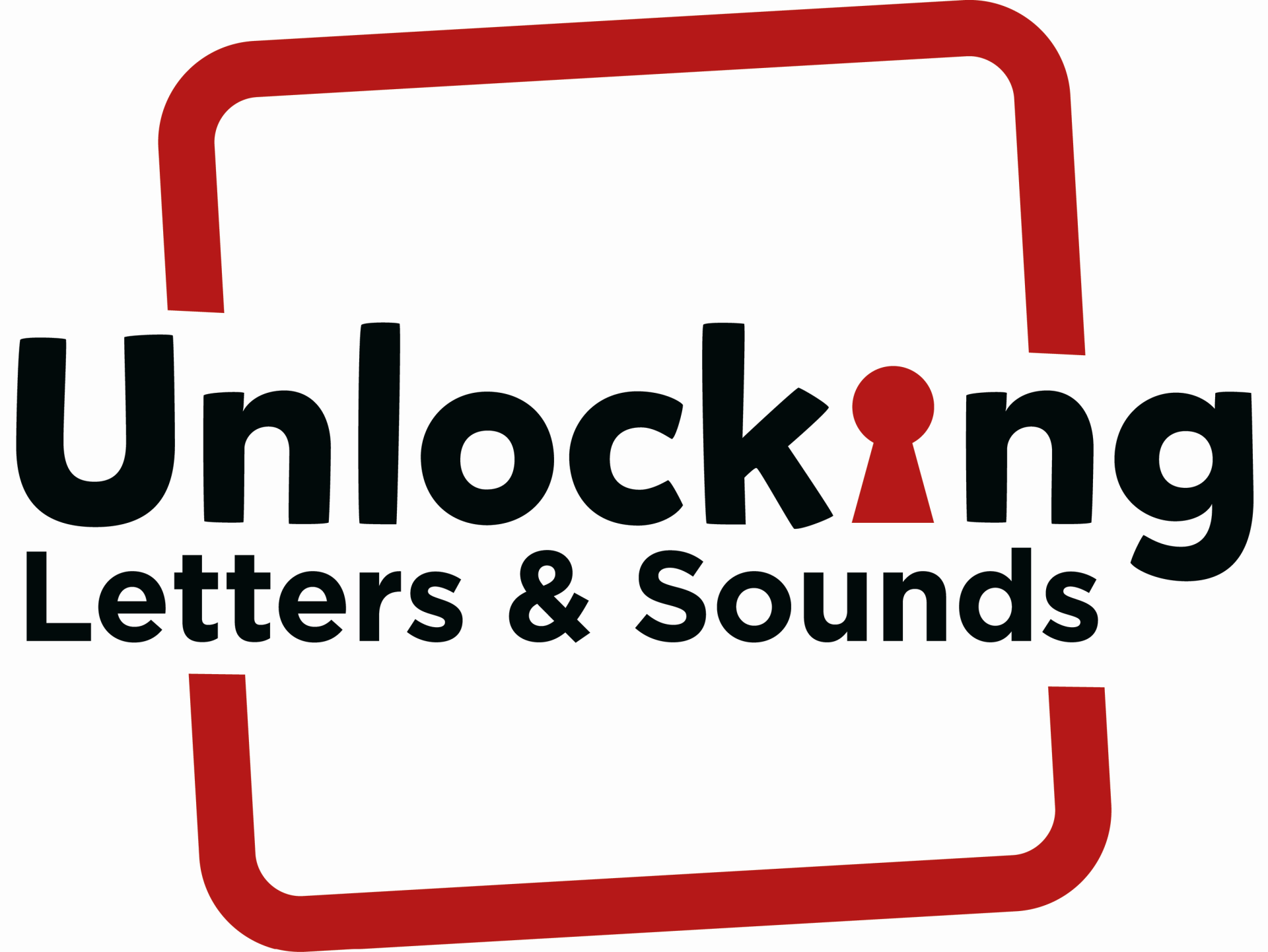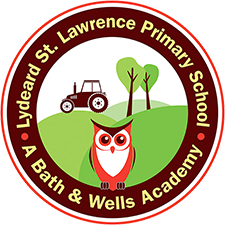Phonics
At Lydeard St. Lawrence Primary School we use the phonics scheme Unlocking Letters and Sounds.

https://www.unlockinglettersandsounds.com/
Why teach phonics?
It is estimated that there are at least 228,132 words in the English language. So, we have a choice when it comes to teaching reading: rely on a person’s ability to remember and recall or teach phonics.
When we use phonics, we provide a reading foundation for each child that is based on the letters and sounds of the alphabet. Once a child learns the 26 letters with their 44 sounds and 70 common spellings, they have the tools they need to read words-- any words -- whether they have ever seen them or not.
Phonics Screening Check - Year One
What is the Year 1 phonics screening check?
The phonics screening check is taken individually by all children in Year 1 in England, and is usually taken in June. It is designed to give teachers and parents information on how your child is progressing in phonics. It will help to identify whether your child needs additional support at this stage so that they do not fall behind in this vital early reading skill. They will then be able to retake the check so that schools can track pupils until they are able to decode.
There are two sections in this 40-word check and it assesses phonics skills and knowledge learned through Reception and Year 1. Your child will read up to four words per page for their teacher and are a mixture of real and nonsense words.
Unlocking Letters and Sounds Programme progression
We begin teaching phonics in the first few weeks of term 1 in Reception and children make rapid progress in their reading journey. Children begin to learn the main sounds heard in the English language and how they can be represented, as well as learning ‘Common Exception’ words for Phases 2, 3 and 4. They use these sounds to read and write simple words, captions and sentences. Children leave Reception being able to apply the phonemes taught within Phase 2, 3 and 4.
Please see below for an example of our Phase 2 GPC, picture, action, and letter formation document
In Year 1 through Phase 5a, b and c, the children learn any alternative spellings and pronunciations for the graphemes and additional common exception Words. By the end of Year 1, children will have mastered using phonics to decode and blend when reading and segment when spelling. In Year 1 all children are screened using the national phonics screening check.
In Year 2, phonics continues to be revisited to ensure mastery of the phonetic code and any child who does not meet age related expectations will continue to receive support to close identified gaps.
Reading Scheme
At Lydeard St Lawrence School we promote a 'phonics first' approach and in both our guided reading sessions at school and in the books children take home, texts are very closely matched to a child's current phonics knowledge so that every child can experience real success in their reading.
In these crucial early stages of reading we primarily use books from Ransom Reading Stars, with whom Unlocking Letters and Sounds recommends to ensure complete fidelity to the phonic progression we follow.
In Year 1 all children:
- Learn to say, read and write Set 2 and Set 3 sounds.
- Write sounds using correct letter formation - we introduce letter names in Set 3.
- Begin to spell using known sounds.
- Write confidently by practising what they want to write out loud first.
- Listen to and talk about a range of quality texts read by the teacher.
- Begin to read with fluency and expression.
- Read books which are closely matched to their developing phonic knowledge.
By the end of Year 2 we aim for all children to become accurate and fluent readers.
Once children progress beyond decodable texts, they move onto our book scheme so that they can continue to progress in their decoding, fluency and comprehension skills to become avid, expert readers.
- Phase-2-Actions-Images-Handwriting 255380159
- primarynationalcurriculum-english 218302985
- ULS-Progression100122-1 255380159
Parent Partnership
Phonics - How to Pronounce Pure Sounds
//www.youtube.com/embed/UCI2mu7URBc#t=0.5 Blending Sounds
Key Terms
Glossary Phoneme = the sound a letter makes
Grapheme = the visual representation of the sound
Shwa = the ‘uh’ noise when a consonant is mispronounced e.g. ‘buh’ instead of b.
Digraph = two letters that make one sound e.g. ar or ch
Trigraph = three letters that make one sound e.g. igh
Quadgraph = four letters that make one sound e.g. eigh
Split digraph = two letters that make one sound but that are separated by a consonant e.g. i-e in like
Adjacent consonants = multiple consonant phonemes that blend together at speed e.g. spr. These are not phonemes in themselves like digraphs they are a combination of phonemes. Sight words = words that you do not use phonics to decode. We use the term sight words with children.


